REACH (EU Regulation 1907/2006), governs the Registration, Evaluation, Authorisation and restriction of Chemicals. The manufacturing, placing on the market and use of substances in Europe is regulated by processes through:
-
registration,
-
authorization,
-
and restriction.
The candidate list is the baseline tool to identify substances as Substances of Very High Concern (SVHC) that are subject to being phased out of use some time in the future, depending on their priority.
Article 33 of the European REACH regulation imposes a legal requirement for suppliers to declare to customers any SVHC from the REACH candidate list in articles (that is in principle any hardware) if they are present in concentrations above 0.1% w/w (weight of SVHC / weight of article). The candidate list contains currently 181 substances and is updated twice per year.
The European Court of Justice (ECJ) ruled end of 2015 that the requirements in Article 33 apply to each single component = article. This applies to all tiers through a supply chain. For example, a small electronics (EEE) part containing a SVHC > 0.1 % needs to be traced to system level and reverse. It is not possible to ‘dilute’ the contribution of that part on complex assembly level.
Case example
A customer [C] ordered a Customer Furnished Payload (CFP) from a subcontractor [B]. The subcontractor outsourced manufacturing to a company [M] outside the European Union. The payload was to be integrated by a systems integrator [A]. Please see Figure 1.

Fig.1 Contractual relationship
The timeline of the project was roughly as shown in Figure 2.
- Contract negotiations: 2008 – 2010
- Manufacturing: 2011 – 2015
- Integration and testing: 2015 – 2018
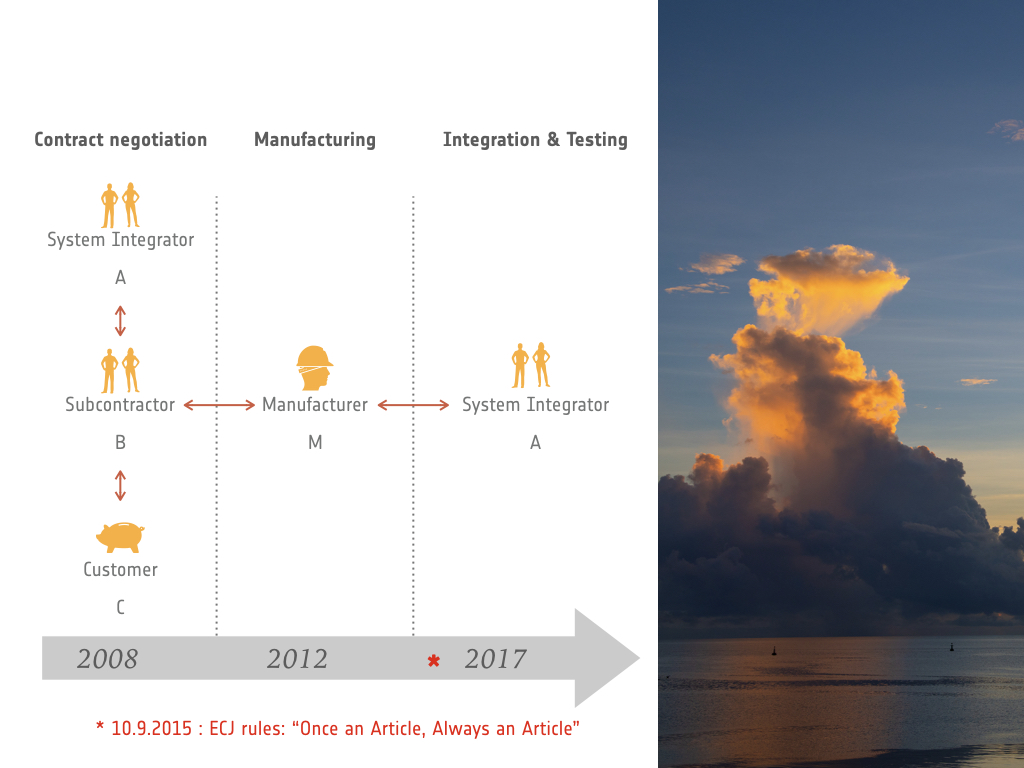
Fig.2 Timeline
During the course of the project, the ECJ ruling has affected the way the SVHC’s are determined in a project. After the integration of the payload to the satellite, and while the satellite was ongoing final testing, the System Integrator A sent an Article 33 declaration request to Subcontractor B. See Figure 3.
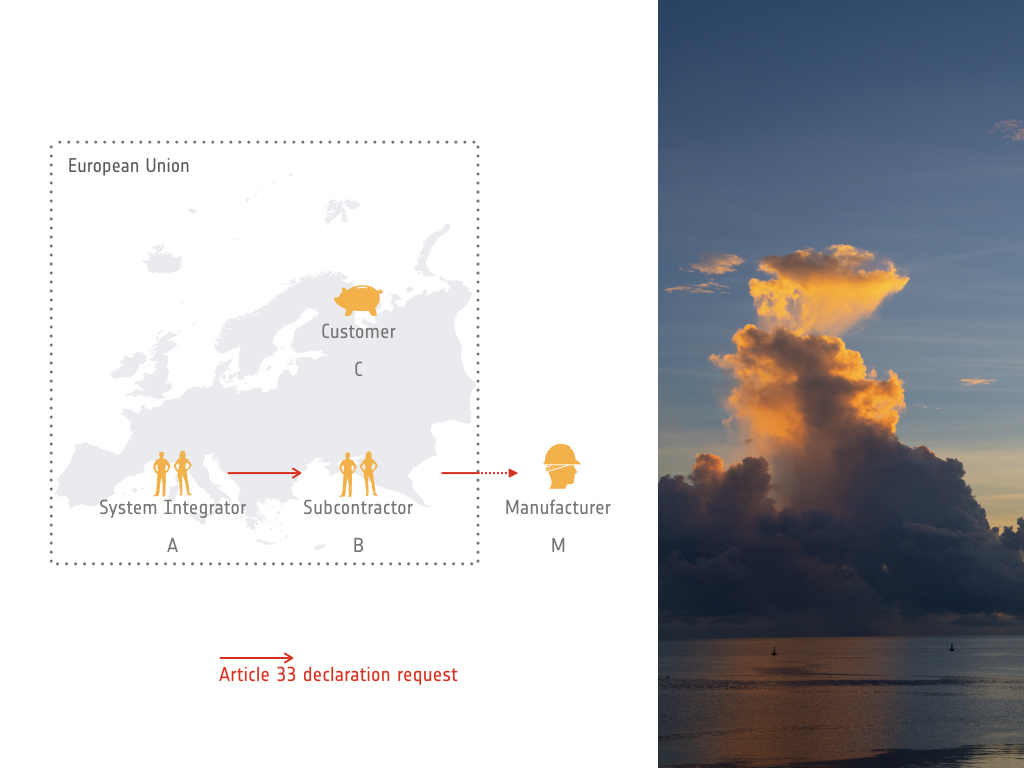
Fig. 3 Article 33 requests
In the past, all small parts and components whose mass was minuscule compared to the weight of the overall system were not considered for the declaration.
To make matters worse, the subcontractor worked with a company outside the EU that is not legally obligated to provide such a statement, or even to trace the SVHC’s in their manufacturing.
Also the system integrator did not request the declaration at the time the payload was integrated, but only afterwards, when the delivery had been signed off by the subcontractor towards the manufacturer. Therefore the manufacturer was in a position to request an additional payment that was not covered by the contract towards the customer C.
Lessons Learned
In this case European Space Agency was able to help the parties by providing support based on the materials that are reported in the Declared Materials List (DML), and the expertise of the trained ESA Materials and Processes engineers. This was accepted by all parties, as the payload was already fully integrated to the satellite and thus posed minimal Health and Safety risks to the personnel.
The key lesson to the European Space Industry is that REACH legislation can and will have a significant impact on a project if not taken seriously. It is advised for organisations manufacturing hardware in EU countries to:
- Assign a designated person to track and trace risks related to
- Health and Safety Legislation such as REACH and RoHS and
- Obsolescence of materials and processes.
- Find out more information by reading the previous posts on this topic:
Note:
The 2nd workshop on REACH Regulation and its impact on space sector will take place on Nov. 13th, 2018 in Paris. For more information and registration, check the website of the event
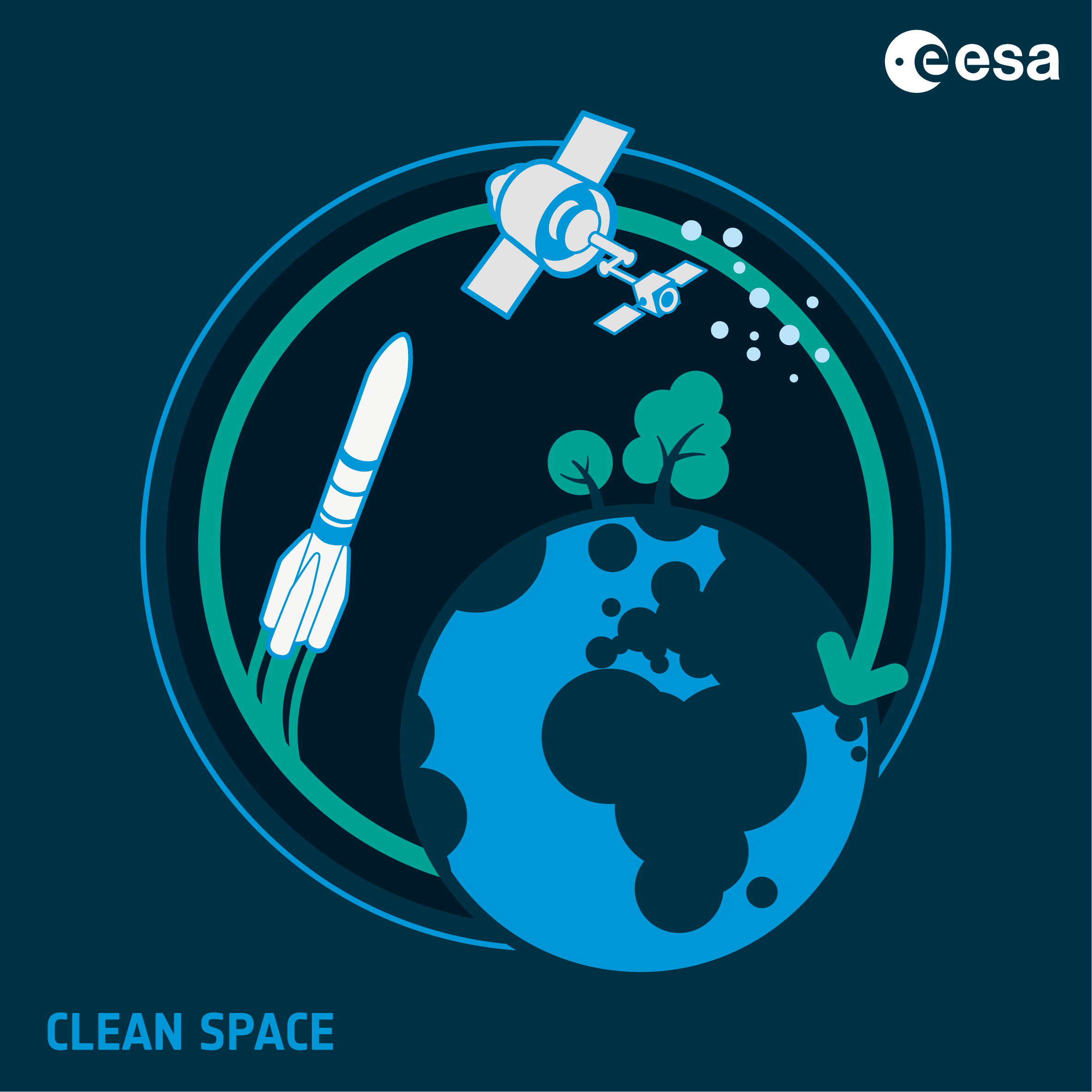

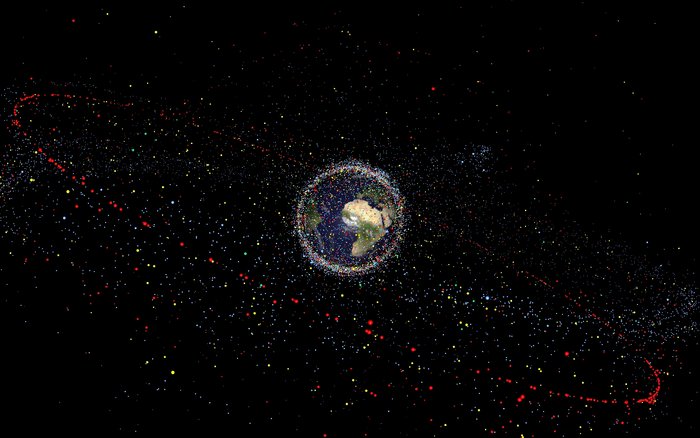
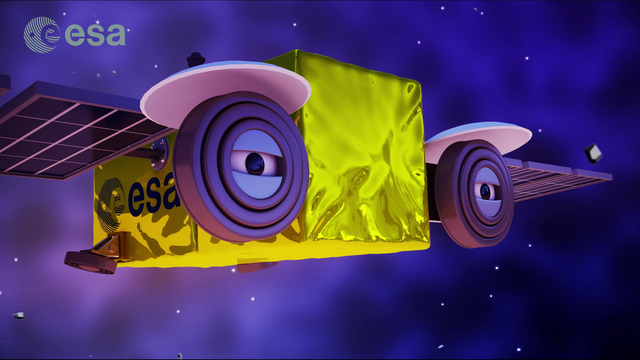
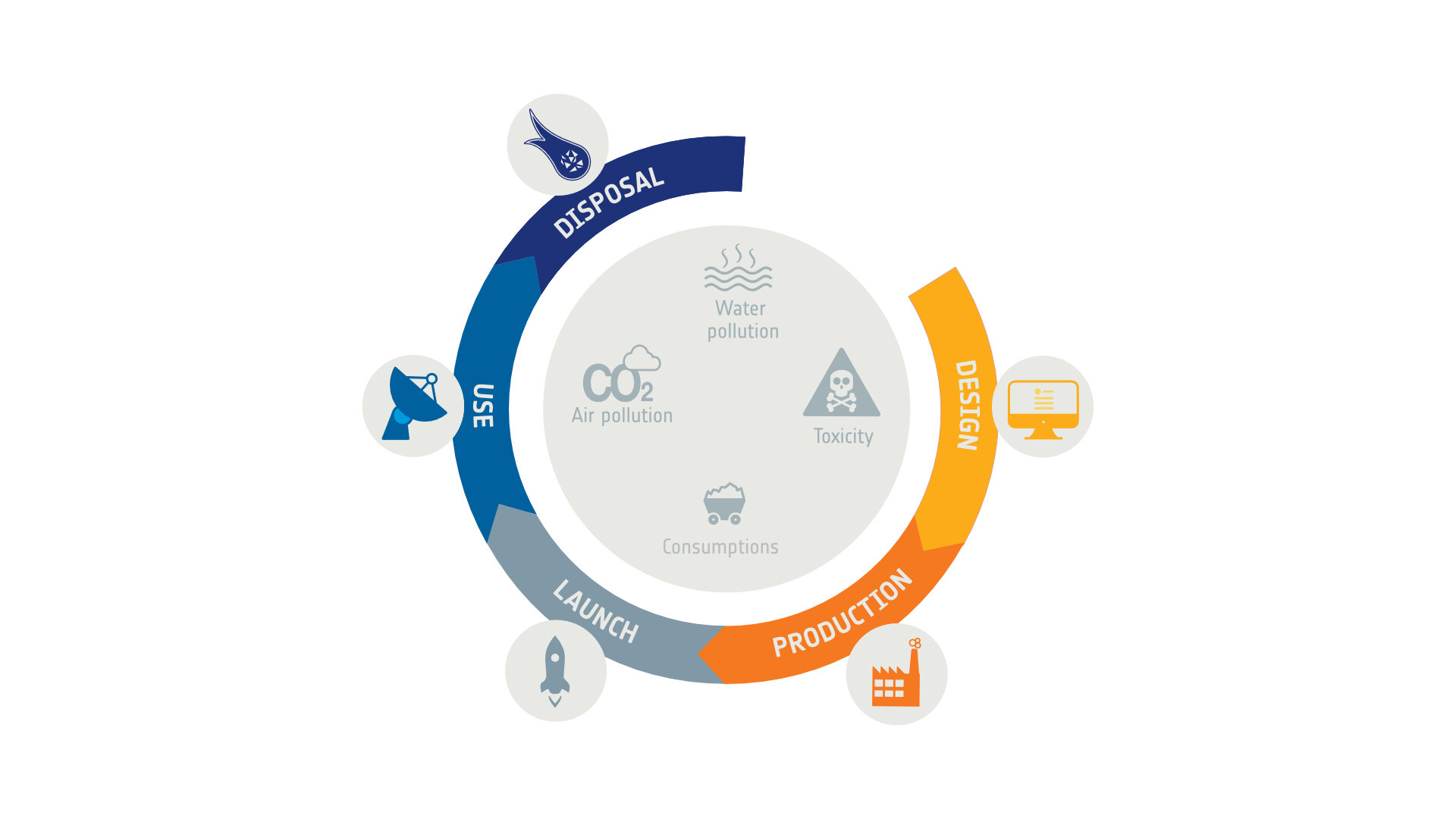
Discussion: no comments